In today’s post, we’re going to talk about time and to learn how to tell the time. It’s one of the first experiences that children have with mathematics in a very natural way, but can be a very complicated concept if they don’t have previous knowledge and skills to help them understand.
Index
Basic skills to learn how to tell the time
Two of the basic skills they need are:
Counting to 60
They’ll need to be able to do this to understand minutes.
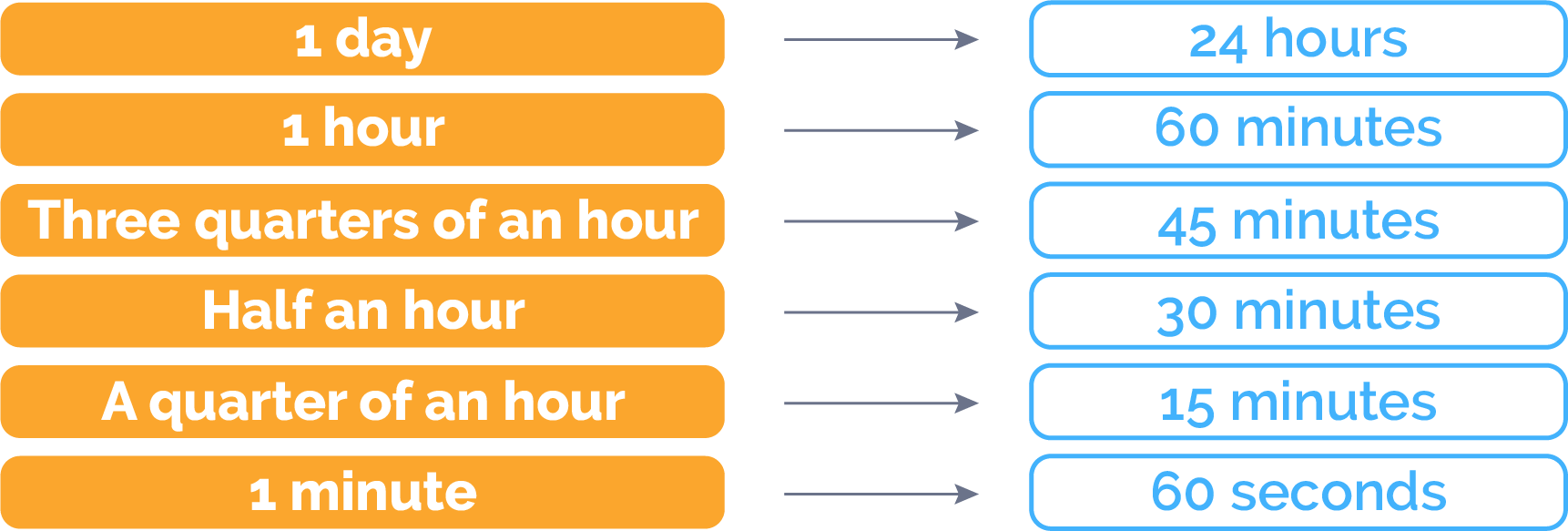
Count in 5’s
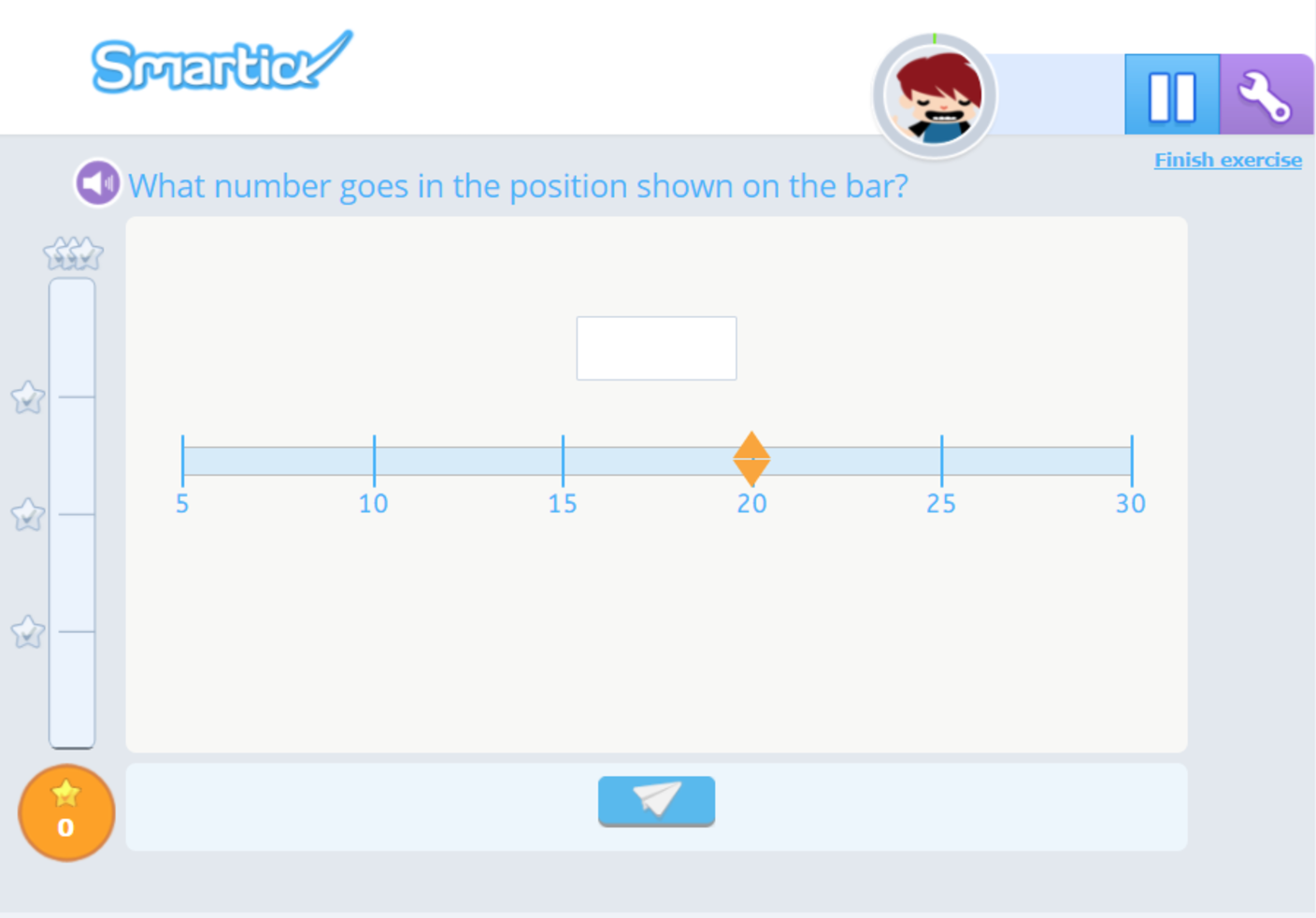
Once they are able to count to 60 and to count in 5’s independently, we can start working with the clock. Ideally, children should make their own clock… it’s very simple: a plastic or cardboard plate, some markers, and cardboard to make the hands.
The clock
At first, it’s best to focus on ensuring the child understands the significance of each hand:
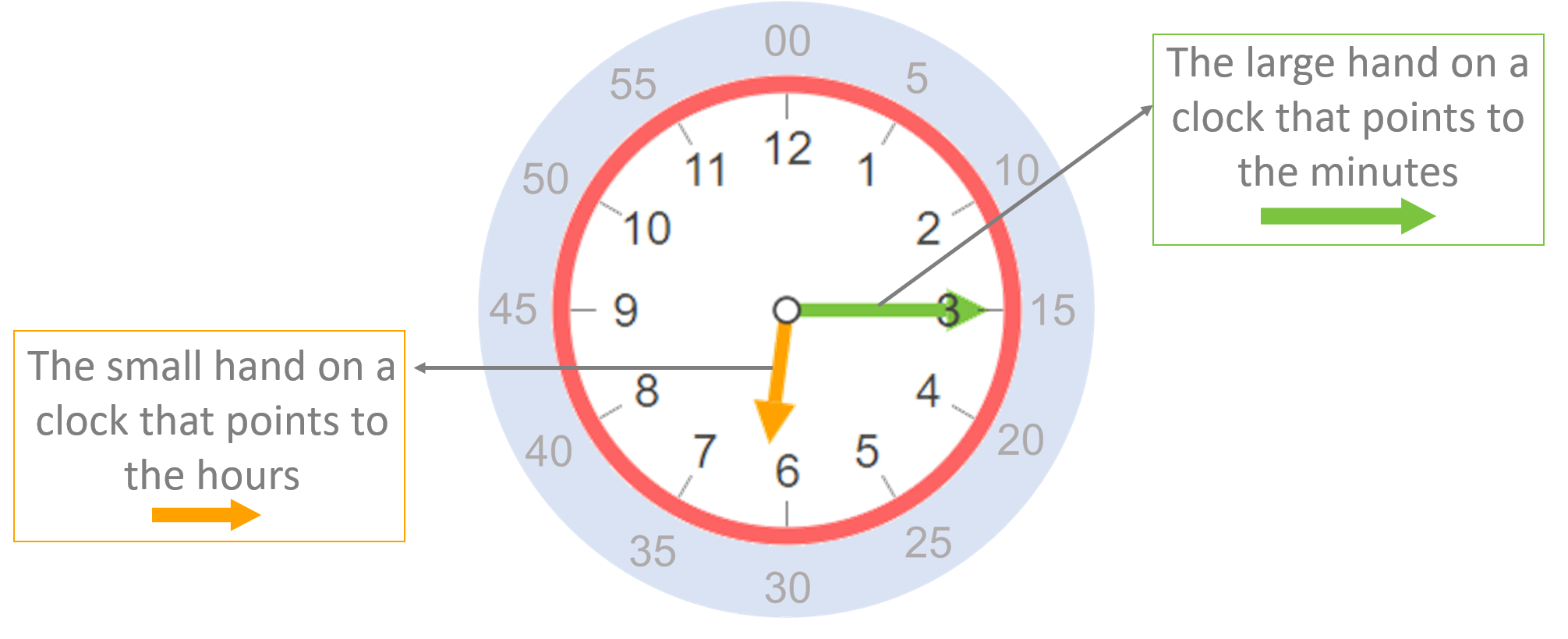
When we start playing with the clock, first of all, we teach the hours, before we start moving the minute hand five minutes at a time: 5, 10, 15, 20, 25, 30, 35, 40, 45, 50, 55. Once they’ve played with the clock for a while, and understand what each hand indicates, we can teach them quarters; a quarter of an hour, half an hour, and three-quarters of an hour.
At the same time, we can show them the time on a digital clock, which helps simplify the exercise since the exact minutes are shown in number form.
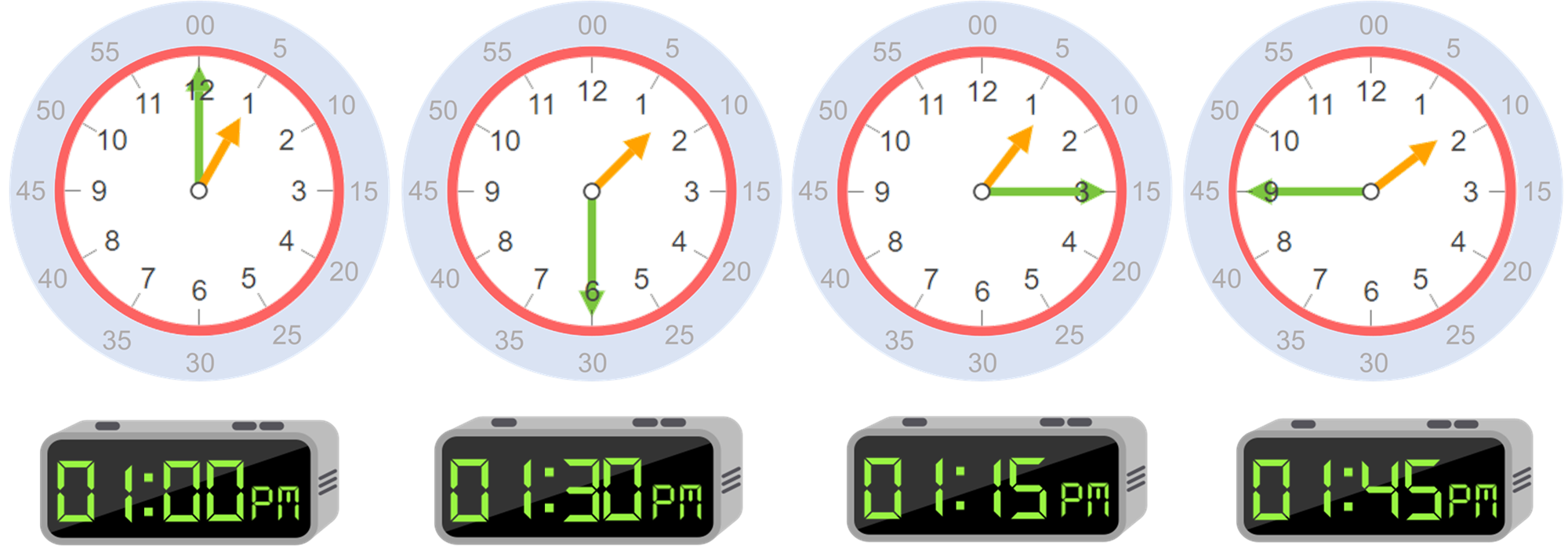
Since the numbers on an analog clock only go up to 12 and a day consists of 24 hours, when we read the time in analog we need to add “am” or “pm” to indicate the correct time.
By contrast, the digital clock offers two options. It can show the time in 24-hours or in 12-hours, in which case the screen will show the acronyms: A.M or P.M.
Digital 12 hours
-
- A.M.: Before midday (from the Latin ante meridiem)
- P.M.: After midday (from the Latin post meridiem)
For example:
Mary and Teresa are going to celebrate their birthdays and they are going to send out invitations. The invitations have the same time on them, but the letters A.M and P.M are different. One of them is going to have her party in the morning, and the other one in the evening.
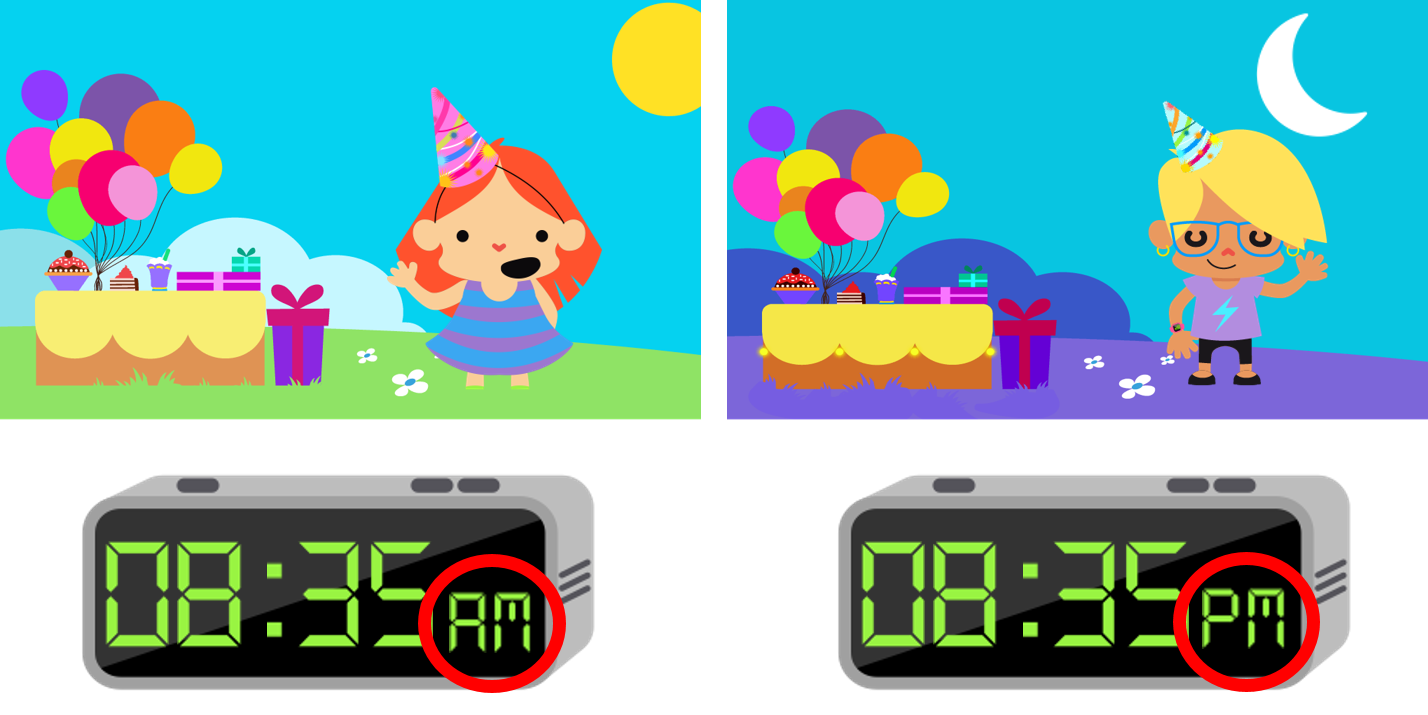
24 digital clock
When the number that appears on the screen is bigger than 12, we subtract 12 from the number and the result gives us the correct time.
For example:
And there you have a few basic concepts to help your child to read and understand the time.
I hope this post has been useful to learn how to tell the time!! Sign up for Smartick today and try it for free!
Learn More:
- Angles Explained with Clockhands
- The Relationship between Clocks and Angles
- Learn How to Measure Time and the Units Associated
- Smartick Supports the Hour of Code
- Not All Screen Time Is Created Equal








3 quarters of an hour is 45 minutes NOT 60 seconds.
You are absolutely right, Julie.
Thank you very much for catching the error and letting us know. Corrected!
Very interesting, I’m learning a lot..thanks
This makes it very easy to explain to children, very good!
Thank you very much Jaipali!